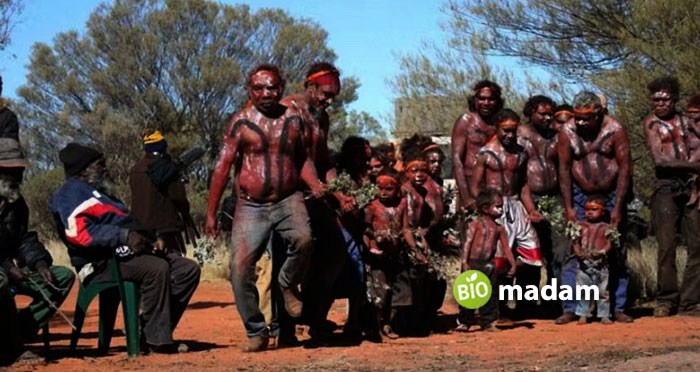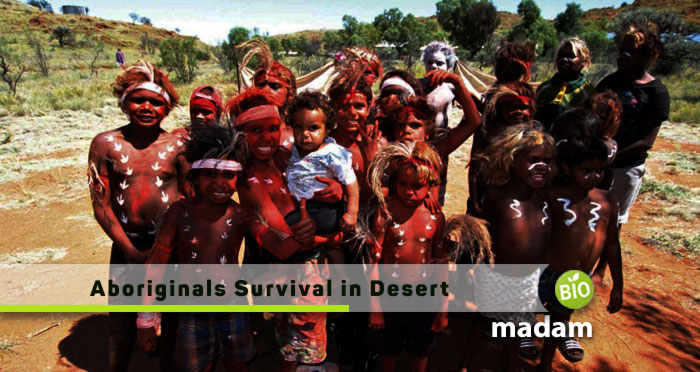For thousands upon thousands of years, the deserts of Australia have been home to Aboriginal communities, where survival wasn’t just about getting by—it was an art form. These ancient societies didn’t just endure the challenges of the harsh landscape; they mastered them, creating a story of adaptability etched in the sands. How did these incredible people not just survive but thrive in such tough conditions?
The answer unfolds in their deep understanding of the land, a beautiful dance of survival tactics, and an unbreakable connection to their surroundings. As we unravel the secrets of their desert survival, a captivating tale emerges, showcasing the timeless wisdom that allowed the Aboriginals to thrive through the ages.
How Did Aboriginals Survive in the Desert?
Aboriginal survival in the desert is a testament to their ingenious adaptation to the unique challenges posed by the arid landscape. Central to their success were several key strategies that formed the bedrock of their daily lives.
Hunting and Gathering Strategies
Aboriginal communities developed sophisticated hunting and gathering strategies to ensure a balanced and nutritious diet. They skillfully hunted wildlife for meat while also gathering a variety of fruits, seeds, and insects to sustain themselves. Additionally, they utilized controlled burning of undergrowth to encourage the growth of plants favored by the game they pursued, demonstrating a deep understanding of their ecosystem and its interconnectedness.
Water Management
In the challenging desert environment, Aboriginal people demonstrated a profound knowledge of the groundwater system. They ingeniously constructed underground water reservoirs, effectively securing a reliable supply of water for their communities. This careful water management was essential for their survival and reflected their resourcefulness and adaptability in the face of environmental challenges.
Nomadic Lifestyle and Seasonal Mobility
The nomadic lifestyle embraced by Aboriginals was a testament to their ability to adapt to the fluctuating availability of resources. They would establish temporary camps in one location for several weeks, engaging in hunting and foraging activities, before moving to areas with abundant resources in accordance with seasonal changes. This mobility not only enabled them to thrive sustainably but also fostered a deep connection with the land and its natural rhythms.

Shelter Construction
In regions abundant with resources, Aboriginal people built more permanent shelters called gunyahs. Constructed with curved hardwood poles covered by sheets of bark and woven grass strings, these sturdy dwellings provided protection from the extreme desert temperatures. Their design balanced durability with portability, allowing camps to be packed up and moved when needed. The construction methods used local materials suited to the environment.
Firestick Farming
Aboriginal communities engaged in firestick farming, deliberately burning the spinifex grasslands that covered vast desert areas. This act of controlled burning cleared the land and got rid of old growth. It stimulated the germination of edible bush tucker plants, such as bush tomatoes, bush bananas and yams, which became staples in the Aboriginal diet. By promoting regrowth, firestick farming produced more abundant food sources.
Utilizing Unique Desert Resources
The desert, often perceived as a harsh and inhospitable landscape, offered unique resources and opportunities for Aboriginal survival. Indigenous communities identified and utilized the most stable and predictable aspects of the desert ecosystem. They relied on desert-adapted animals and plants as reliable food and water sources, like kangaroos, wallabies, grasses, and succulents. Their deep knowledge allowed them to thrive in this extreme climate.
Tool Use and Cultural Knowledge
Stone tools like scrapers, knives, and spearheads crafted from natural materials like flint were essential for hunting and food preparation. Hardwood boomerangs provided a versatile hunting implement. Additionally, a rich oral tradition and belief system helped pass down cultural knowledge between generations, including insights into the land, native flora and fauna, water sources, and celestial navigation. This was key to navigating and utilizing the desert.
Conclusion
The story of Aboriginal desert survival is one of resilience, ingenuity, and an unbreakable bond with the land. Their ability to not only endure but thrive in Australia’s harsh interior landscapes stands as a testament to indigenous knowledge and sustainability. Through clever hunting strategies, water management, nomadic living, and the passing down of generational wisdom, Aboriginal communities crafted lives of meaning amid scarce resources. Their time-honed survival tactics fostered a culture intricately interwoven with the desert. This profound connection inspired a thriving people who found sustenance for both body and spirit in the red desert sands.

As a freelance journalist, copywriter, and editor, Rachel Truman crafts compelling stories across travel, food, family, lifestyle, and B2B. With a keen eye for detail, Rachel specializes in creating engaging branded content, making every word an adventure

